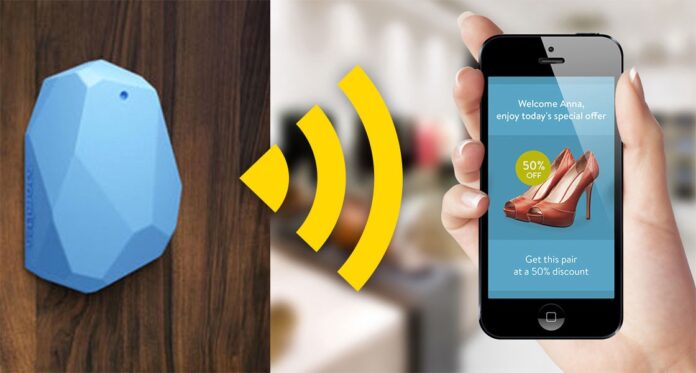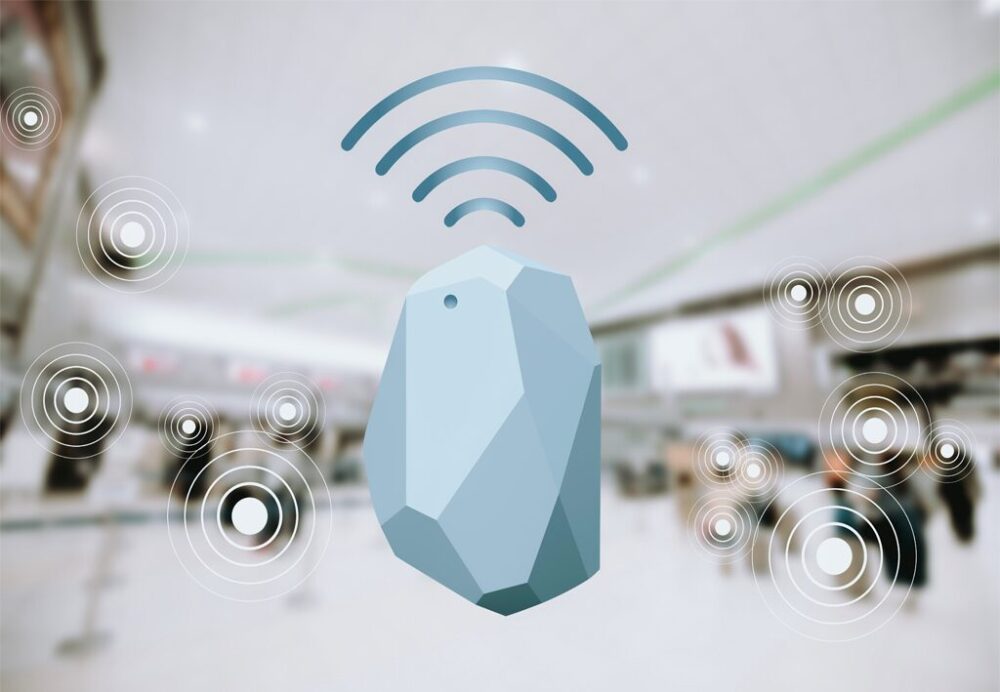
Location-based services have become an integral part of our daily lives, especially for iOS users. From finding the nearest coffee shop to navigating through unfamiliar cities, these services have transformed our interaction with the world. This blog post will delve into the fascinating evolution of location technologies in iOS devices, focusing on the significant transition from the traditional Global Positioning System (GPS) to the innovative and increasingly popular beacon technology.
The Advent of GPS in iOS Devices
The integration of GPS in iOS devices marked a significant milestone in the history of mobile technology. GPS, a satellite-based navigation system, allowed iPhones and iPads to provide real-time location data, revolutionizing navigation and location-based apps. However, despite its groundbreaking impact, GPS is not without its limitations, such as poor indoor tracking and high power consumption, which led to the search for more efficient solutions.
Improving Location Accuracy with Assisted GPS (A-GPS)

To overcome the limitations of GPS, iOS devices incorporated Assisted GPS (A-GPS). A-GPS uses network resources to locate and utilize the GPS satellites faster, significantly improving location accuracy and speed. From weather apps predicting local forecasts to fitness apps tracking your running route, A-GPS has enhanced the user experience in numerous iOS applications, making them more accurate and reliable. In today’s society being able to track location, change location information, and Change iOS/Android GPS location in one click is very important and it thus gave birth to services such as AnyGo and similar outlets.
Location Services in iOS: Wi-Fi and Cellular Triangulation
In addition to GPS and A-GPS, iOS devices also employ Wi-Fi and cellular triangulation for location tracking. By measuring the signal strength from nearby Wi-Fi networks and cell towers, iOS devices can estimate the user’s location. Compared to GPS and A-GPS, Wi-Fi and cellular triangulation offer better indoor tracking and consume less power, making them more practical in certain scenarios, especially in urban environments.
The Emergence of Beacon Technology
Beacon technology, a new player in the location tracking field, uses Bluetooth Low Energy (BLE) signals to provide highly accurate location data. Beacons, small wireless transmitters, broadcast signals that iOS devices can detect and interpret. This technology offers several advantages over GPS, including superior indoor tracking, lower power consumption, and the ability to provide more personalized location-based services.
Beacon Technology Applications in iOS

Beacon technology has found numerous applications in iOS devices. Retailers use beacons to send personalized offers to customers based on their in-store location, enhancing the shopping experience. Museums employ beacons to provide interactive tours, enhancing visitor engagement and learning. With beacon technology, iOS devices can deliver personalized and context-aware experiences like never before, opening up a world of possibilities.
The Future of iOS Location: Integration and Advancements
The future of location technologies in iOS devices looks promising and exciting. We can expect the integration of multiple location methods for enhanced accuracy and reliability. Innovations like augmented reality (AR) navigation and machine learning-based location prediction could redefine our interaction with location-based services. As we continue to explore and innovate, the possibilities are endless, and the future of iOS location technologies is bright.








